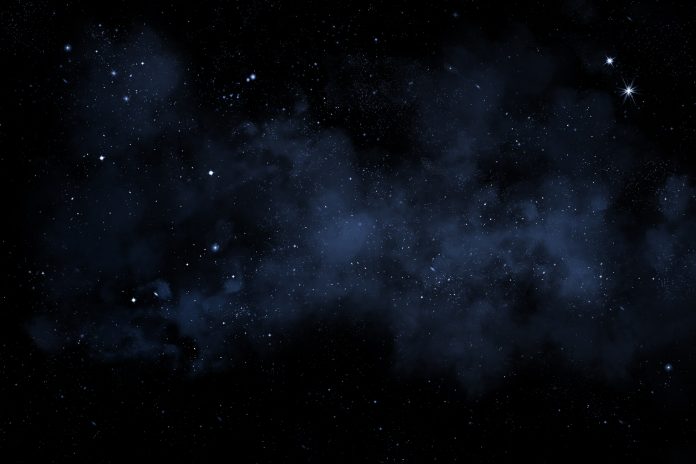The first evidence of a quasar’s powerful influence on star formation in the early Universe has been uncovered
A team of researchers led by Assistant Professor Dragan Salak at Hokkaido University, Assistant Professor Takuya Hashimoto at the University of Tsukuba, and Professor Akio Inoue at Waseda University made the discovery.
Their findings based on observations using the Atacama Large Millimeter/Subsillimeter Array (ALMA) in Chile have been published in The Astrophysical Journal.
What is a Quasar?
Quasars, compact regions powered by supermassive black holes at the centres of massive galaxies, have long captivated astronomers due to their extreme luminosity and point-like appearance, resembling distant stars.
Now, their significance extends beyond their brightness. Quasars provide a unique window into the conditions of the early Universe when it was less than a billion years old.
The researchers filed in on a specific quasar, J2054-0005, notable for its high redshift, indicating a rapid separation from Earth. This quasar, one of the brightest in the distant Universe, became the focal point for investigating the suppression of star formation through the outflow of molecular gas.
Quasars and star formation
Molecular gas, essential for star formation, is the primary fuel within galaxies. The team’s observations, facilitated by ALMA, revealed a connection between quasars and the suppression of star formation.
Molecular gas outflows from the quasar-host galaxies were found to be ejecting gas into intergalactic space at a rate faster than it could be consumed by star formation, effectively putting a brake on the birth of new stars.
Assistant Professor Dragan Salak emphasised the significance of their work, stating, “Theoretical work suggests that molecular gas outflows play an important role in the formation and evolution of galaxies from an early age because they can regulate star formation.”
The observational technique employed by the researchers involved detecting outflowing molecular gas in absorption. Instead of directly observing microwave radiation from the OH molecules, they observed the radiation emitted by the bright quasar. The absorption phenomenon allowed them to identify the presence of molecular gas by noting the “shadow” it cast in front of the quasar’s light source.
The ALMA telescope
As the only telescope in the world with the sensitivity and frequency coverage to detect molecular gas outflows in the early Universe, ALMA played a pivotal role in this groundbreaking study.
Assistant Professor Takuya Hashimoto commented on the choice of J2054-0005 for their observations, noting its status as one of the brightest quasars in the distant Universe. He said, “We decided to target this object as an excellent candidate to study powerful outflows.”
The findings from this study provide the first robust evidence that quasars can exert a suppressive influence on star formation in their host galaxies by expelling molecular gas into intergalactic space. “Molecular gas is a very important constituent of galaxies because it is the fuel for star formation,” Salak concluded, highlighting the far-reaching impact of quasars on the evolution of galaxies at the early cosmic age.






